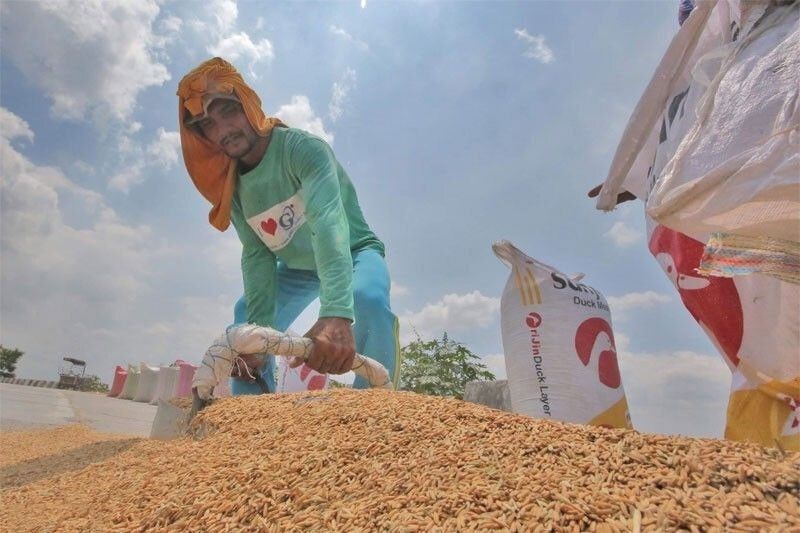Former DA chiefs push solar-powered irrigation program

MANILA, Philippines — Former agriculture secretaries Emmanuel Piñol and Leonardo Montemayor are urging the government to undertake a nationwide solar-powered irrigation program to help achieve its goal of rice self-sufficiency at price-competitive levels.
In a statement, the former secretaries said the proposal could irrigate some 200,000 hectares of rice areas, which they said are inadequately serviced by the National Irrigation Administration (NIA).
Located at the tail-end of NIA’S dam-sourced irrigation distribution system, these areas get minimal or no water especially during the dry season cropping period.
Meanwhile, an additional 1.5 million hectares of rain-fed uplands can be planted to rice or high value crops like soybean and vegetables during the dry season.
“The beauty of solar-based irrigation is that it is free (coming from the sun), renewable, environmentally sound. It reduces farmers’ irrigation expenses since it does not require increasingly costly diesel fuel,” Piñol and Montemayor said.
The solar-powered irrigation system (SPIS) program was introduced by Piñol during the Duterte administration, and the first project was launched in M’lang, Cotabato in 2017.
In 2018 to 2019, the Department of Agriculture (DA) completed an SPIS in Lumban, Laguna built by the LK Group of Israel and the country’s largest SPIS in Llanera, Nueva Ecija in cooperation with the Filipino-owned Ramon Uy Foundry and Machine Shop Corp. based in Bacolod City.
Piñol said he had proposed an Israeli-funded nationwide program through a P40-billion soft loan offer to cover 6,000 units of SPIS for 500,000 hectares, but was not acted upon by the economic team of the previous administration.
Meanwhile, Montemayor said a similar proposal was submitted to the Office of the President early this year by Oscar Violago, developer of the successful Casecnan multi-purpose power generation and irrigation dam project in Nueva Ecija in the late 1990s.
“Malacanang’s response is still being awaited,” Montemayor said.
The Casecnan project is currently servicing 137,000 hectares in Central Luzon, the country’s rice granary.
Montemayor said there are currently over 300 various solar irrigation projects already established by the DA, the Department of Agrarian Reform, the Bangsamoro Autonomous Region of Muslim Mindanao, and local government units.
“These and future development plans need to be coordinated and scaled up to achieve rice and food security goals at the soonest time possible,” he said.
The Marcos administration is eyeing to reach 97.5 percent rice self-sufficiency by 2028.
As of 2021, the country’s rice self-sufficiency ratio (SSR) reached 81.5 percent, lower than 85 percent a year prior, based on data from the Philippine Statistics Authority (PSA).
- Latest
- Trending




























